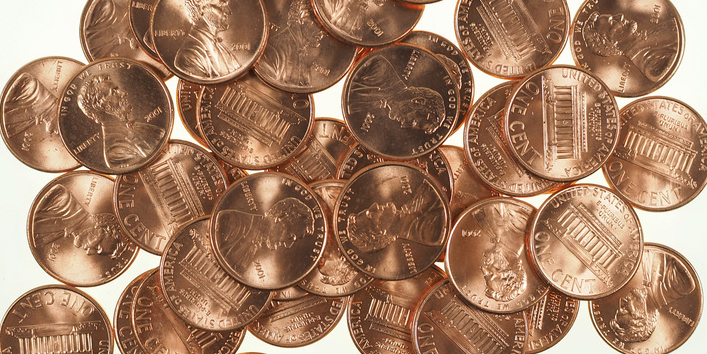Sadly, many caterers don’t look at their bottom line enough. Some never look at it at all. They think they know what their net profit was on a particular event but when it comes to overall company net profit and how to improve it—well, they have no clue!

Let me give you a hint: increasing your net profit is not going to happen if you just charge more. Knowing your numbers and what they mean, and then taking the right action to improve those numbers, is the only way to increase your net profits.
When I say net profit, how much should you be looking for? In the general food industry, net profit is approximately 4% of gross sales. As a caterer your net profits should be well over 10%, and hopefully closer to 15%.
If your net profit is less, ask yourself these questions:
1. Am I educating all of my employees regarding how to help increase profits?
2. Am I counting on my sales team alone to generate more gross sales?
3. In the slower months, am I making up jobs for hourly staff to do or am I sending them home?
4. Every time I send out a proposal to a client, do I know the net profit for that event?
5. Who is in charge of controlling labor in house each day?
6. Am I receiving daily reports from all managers?
7. Am I giving my managers budget information so they can help the company save money in areas like office supplies, cleaning supplies, etc.?
8. How am I preparing revenue streams for the next economic downturn?
9. Am I holding managers fiscally accountable and are they doing the same for those they manage?
Foreign sounding questions? Consider this a wake up call! I could go on and on with questions that you, as the catering entrepreneur, should be thinking about each day so that you can save more of those profit dollars.
Try this
To articulate, let’s try an exercise that can be quite an eye-opener.
First, print off your last year’s profit and loss (P&L) statement. Look at your rent, cost of goods sold, payroll, office supplies, insurance, vehicle costs, utilities, etc. Give a percentage of your last year’s gross sales to each one of those large categories. For example, rent was 25 percent, payroll 45 percent, etc., until you reach 100 percent. Document this info and print it out.
Next, assemble your staff, from dishwasher to general manager. Give them each a roll of 100 pennies. Ask them to open the roll and put the 100 pennies in front of themselves. Also, give them a piece of paper and have them write the amount of money they think that the average food company makes on every dollar. If $100 is sold, and they think a company makes $60, then have them write down 60%. Tell them to fold up the piece of paper so you can look at their answers later. Unless they have been previously educated about food company profits, their guesses will be quite high. They have heard about the $35,000 catering job you did last month and they somehow saw the check from a client that was $9,000, so they KNOW that food companies make a lot of money! (Ha!)
Pull out the paper with the info about the percentage of company expenses compared to gross sales. If the rent is 25% of sales, have them separate out 25 pennies. Payroll was 45%, then remove another 45 pennies. Do this until you get down to four pennies. At that point, tell them that the national average of net profit for a food company is 4%. You can then say that your company is above that, below that—or share whatever you want about your net profits.
Ask them each to read what they wrote down as their guess for how much they thought the average food company makes on every dollar.
To-go example
This should be a very enlightening time for both you and your employees to understand net profits. Use this time as a teaching session to educate employees on how they can help improve company profits. For example, take a 16-oz plastic to-go cup, which costs you .24¢, and that they grab sometimes and use in place of a cheap cup for their iced tea. If your company nets four cents from every dollar, you have to sell $6 of an item to pay for that to-go cup. You are a creative caterer; you can make this a very creative teaching time.
Combine all of the pennies from every employee and the one who got the answer correct or closest to the 4% correct answer gets all of the pennies. Depending on how many employees you have, this could pay for a beverage at a restaurant or a nice lunch. It also illustrates that pennies really do count!
Start thinking about how to increase your net profits today and be proactive about increasing your company profits for 2016.
Get Fresh March 2016



